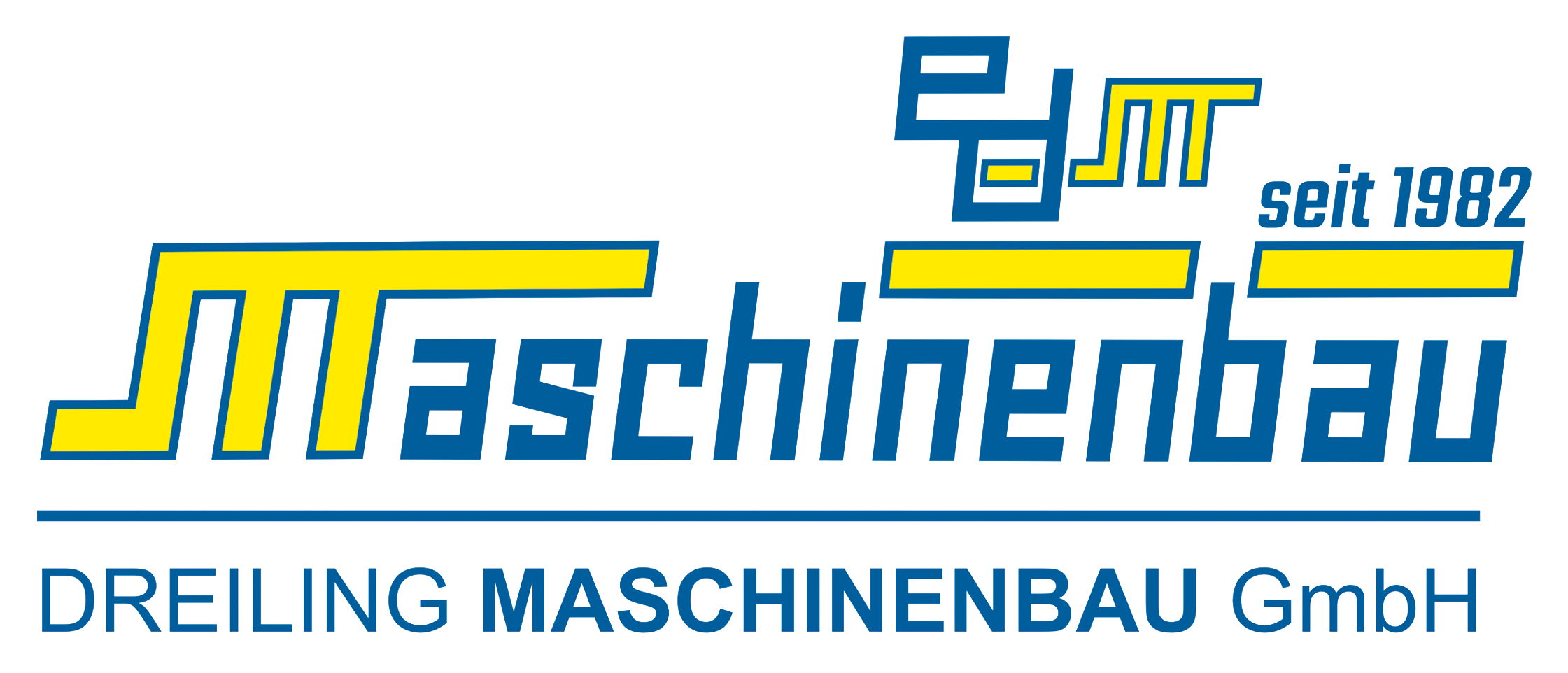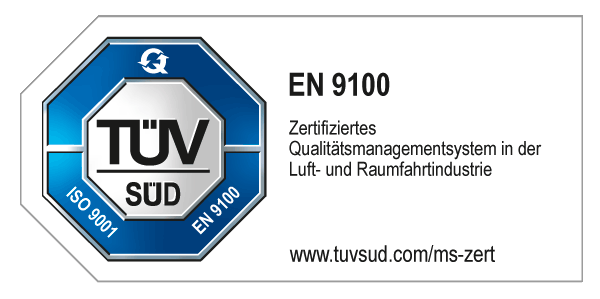08.10.2024
How this machine is changing the future of Bricklaying
Dreiling Maschinenbau GmbH has designed and manufactured a new type of bricklaying machine for sand-lime brick walls for Züblin.
Individual customer requests are part of everyday work at Dreiling Maschinenbau GmbH. But it is not often that we receive such a special order: for the construction company Züblin (Strabag AG), we have designed and manufactured a new type of semi-automated bricklaying machine that combines a self-propelled chassis, lifting platform and crane. A challenge on several levels, which we took on in comparison to other competitors. With success: the first machine was delivered in August 2023, with more to follow.
The bricklayer machine is used primarily on large construction sites where bricklayers have to cover a lot of ground during their work. It combines the crawler chassis of a mini excavator with a self-propelled lifting platform and a crane. This enables it to lift and place sand-lime bricks weighing up to 270 kilograms – at a height of up to five meters. To do this, a worker hangs the bricks below, the machine lifts them, swivels them into the correct position and sets them down at working height. A second worker stands on the lifting platform at the same time.
The challenge for Dreiling Maschinenbau GmbH was the standard-compliant implementation, documentation and approval of the bricklaying machine. To ensure stability and tipping safety even at a height of five meters in wind and weather, we determined the correct centre of gravity of the machine and adapted the design accordingly. With the lifting and working platform, the crane and the chassis, three worlds had to be harmoniously combined in one machine. At the same time, the machine’s transportability from site to site had to be guaranteed.
When folded up, the machine measures just 2.40 meters x 2.20 meters x 2.40 meters, so that it can be easily transported by truck and tandem trailer. It is ready for use within 30 minutes.
Thanks to the bricklaying machine, walls can be laid three times faster. And instead of four to five workers, only two are needed. This reduces their physical strain and improves their health and safety.


